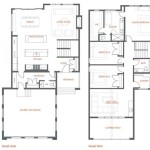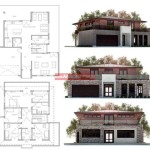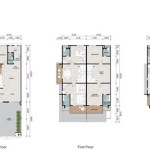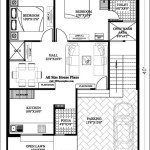Architectural House Plants: Adding Structure and Style to Your Indoor Space ##
###
Visual Interest:
They bring a touch of drama and sophistication to a room, enhancing its overall appearance. -Space Definition:
Their distinct forms can be used to define different areas within a room, creating a sense of separation and structure. -Air Purification:
Many architectural house plants are effective at removing toxins and pollutants from the air, contributing to a healthier indoor environment. -Low Maintenance:
They are generally easy to care for, making them suitable for those with limited time or gardening experience. ###Size:
Choose plants that are proportional to the size of the room or space. Smaller plants are suitable for desks, shelves, or windowsills, while larger ones can make a statement in a corner or as a centerpiece. -Shape and Form:
Consider the plant's shape and how it will complement or contrast with the surrounding décor. Some popular architectural house plants have upright, columnar forms (such as Dracaena marginata), while others feature cascading or weeping forms (such as Ficus benjamina). -Foliage:
Pay attention to the plant's foliage, including its color, texture, and size. Choose plants with interesting or unique foliage that will add visual appeal to your space. -Lighting Requirements:
Architectural house plants have varying light requirements. Some, like Snake Plants (Sansevieria trifasciata), thrive in low-light conditions, while others, like Bird of Paradise (Strelitzia reginae), prefer bright, indirect light. ###Watering:
Water the plants according to their specific needs. Overwatering is a common mistake that can lead to root rot. Allow the top inch of soil to dry out before watering again. -Light:
Provide the right amount of light for each plant. Some plants, like ZZ Plants (Zamioculcas zamifolia), can tolerate low-light conditions, while others, like Fiddle Leaf Figs (Ficus lyrata), prefer bright, indirect light. -Fertilization:
Fertilize the plants during their growing season (usually spring and summer) with a balanced fertilizer diluted to half-strength. -Repotting:
Repot the plants when they outgrow their containers. Choose a pot that is slightly larger than the previous one and provides adequate drainage. ###Snake Plant (Sansevieria trifasciata):
Known for its hardiness and low-maintenance requirements, the Snake Plant features tall, upright leaves with striking patterns. -ZZ Plant (Zamioculcas zamifolia):
Another low-maintenance plant, the ZZ Plant has glossy, dark green leaves that tolerate various light conditions. -Fiddle Leaf Fig (Ficus lyrata):
With its large, violin-shaped leaves, the Fiddle Leaf Fig adds a touch of elegance and sophistication to any space. -Bird of Paradise (Strelitzia reginae):
This striking plant features vibrant orange and blue flowers that resemble the head of a bird. -Dracaena marginata:
With its upright, cane-like stems and sword-shaped leaves, the Dracaena marginata adds a tropical flair to any room. ###
How To Add House Plants Any Home Architectural Digest

How To Add House Plants Any Home Architectural Digest

How To Add House Plants Any Home Architectural Digest

How To Add House Plants Any Home Architectural Digest

32 Beautiful Indoor House Plants That Are Also Easy To Maintain

How To Add House Plants Any Home Architectural Digest

21 Best Indoor Trees And Tropical Plants To Grow In Your House Architectural Digest

Architectural Plants The Plant People

7 Tips To Find The Right Indoor Plant For Your Space Hunting George

How To Incorporate Gardens In Home Design Archdaily








